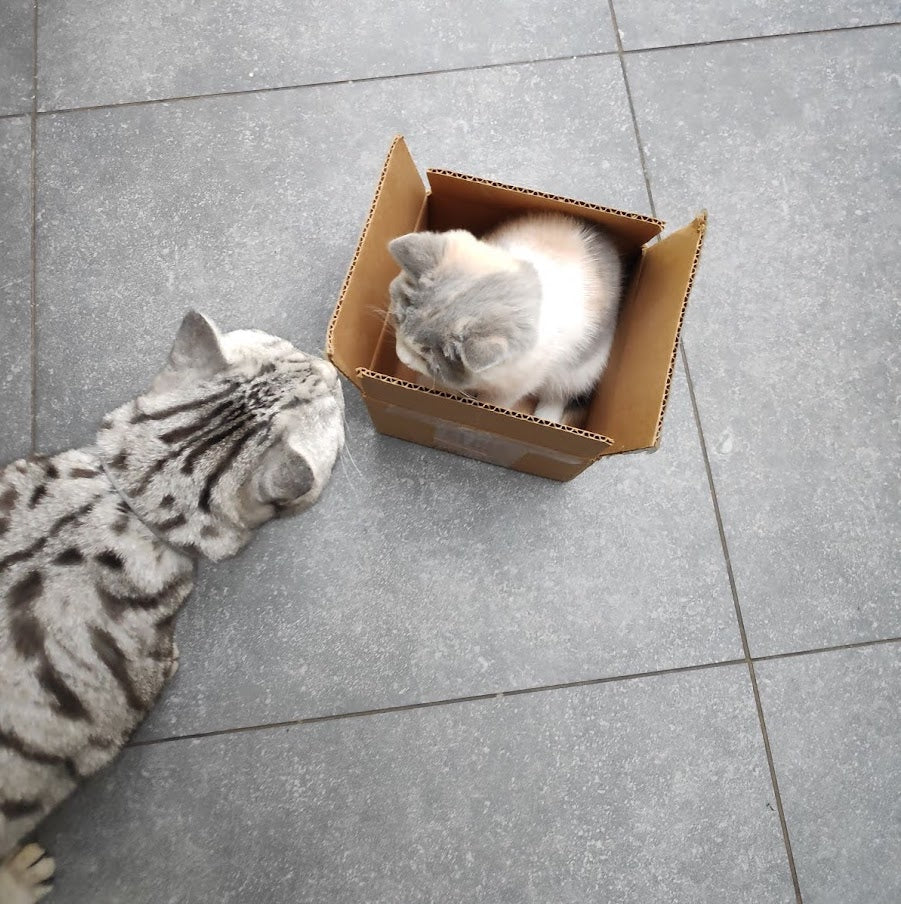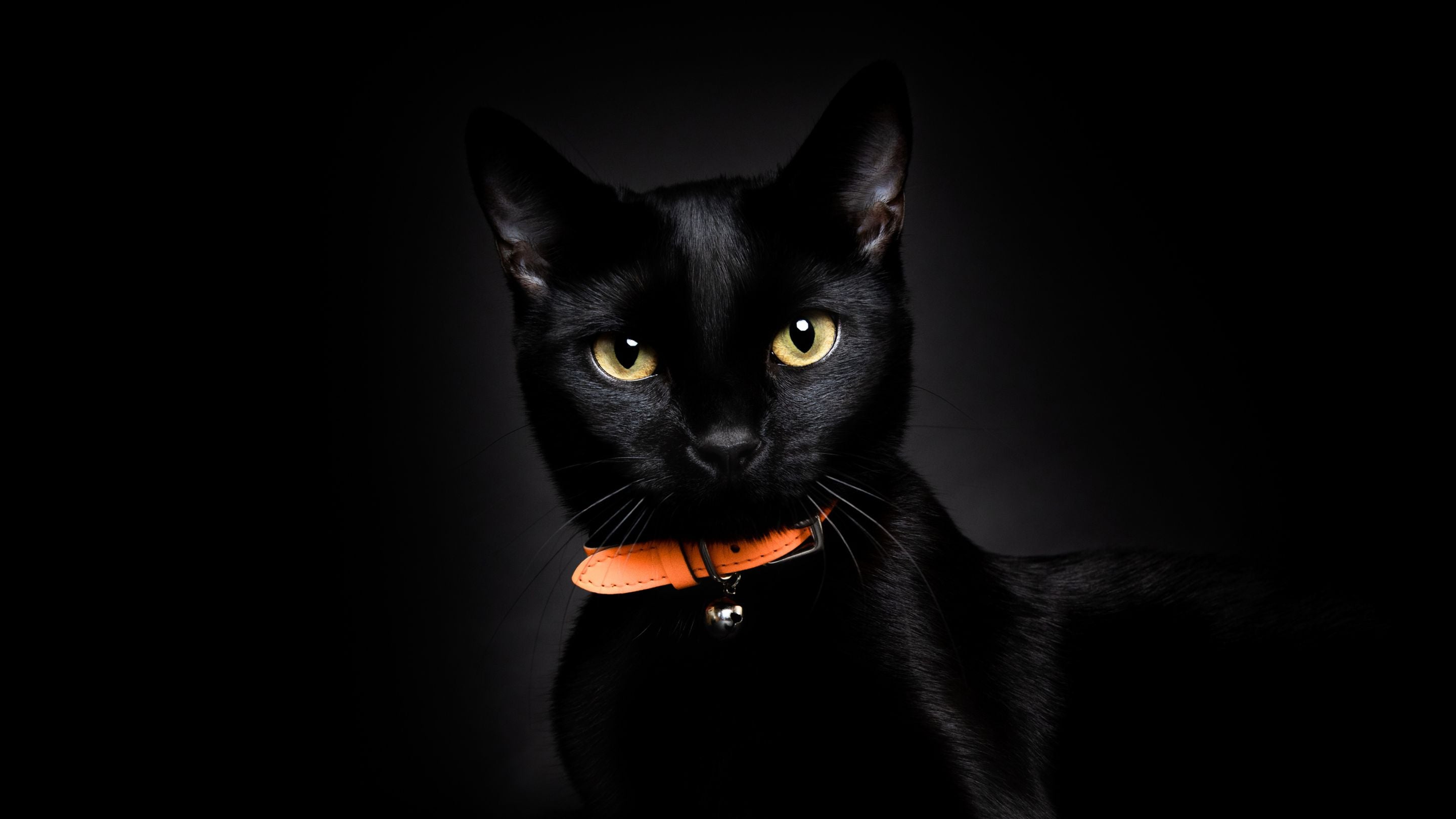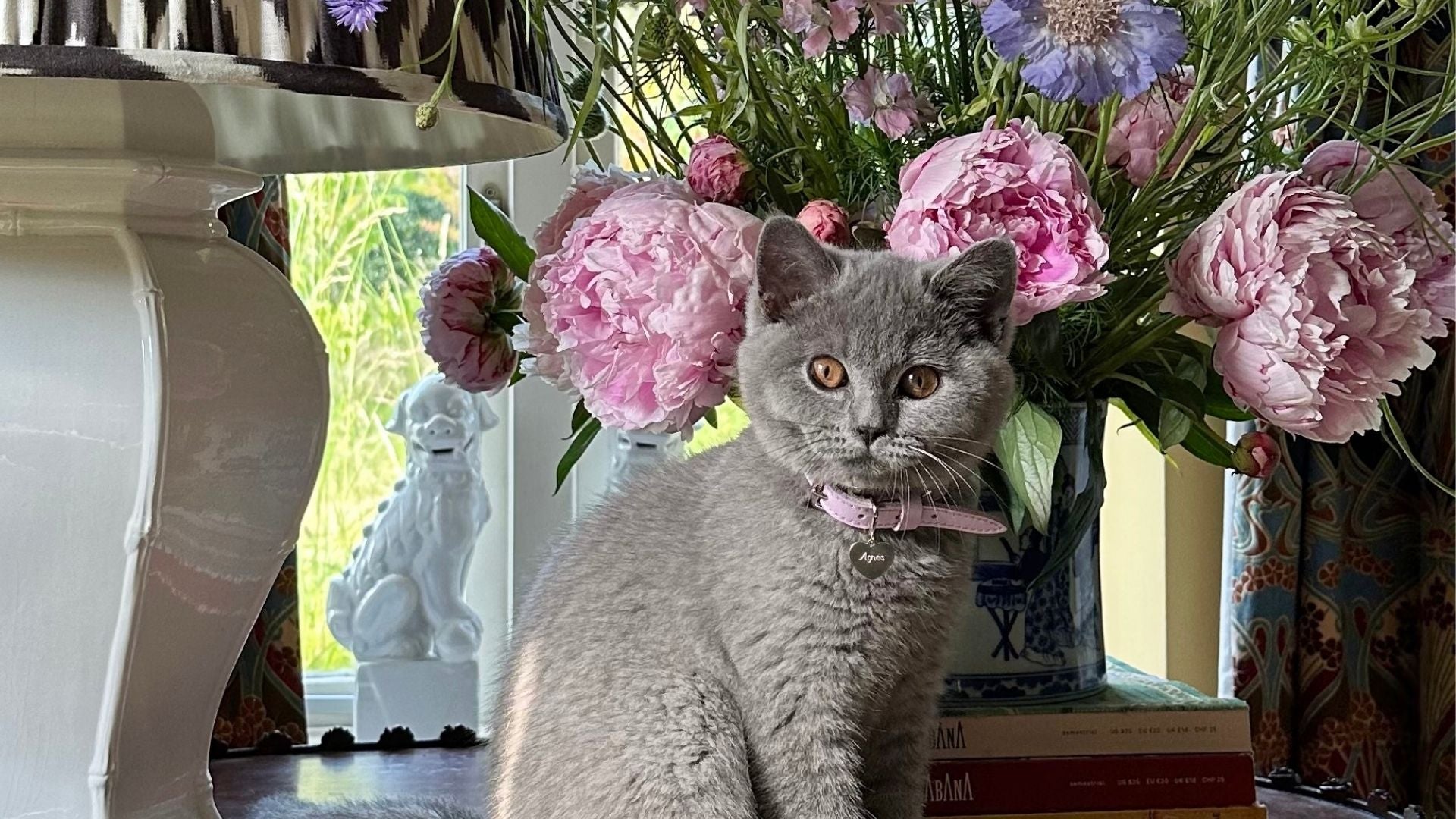 Percy and Penelope
Percy and Penelope
Customers often get in touch to ask about my experience introducing Penelope to Percy, so I thought it would be good to share my story and make this an ongoing series with case studies from other cat owners - some successful and some not so!
Introducing a new cat to a resident feline can be a stressful and time-consuming undertaking. Unfortunately - it’s not as easy as throwing the cats in a room together and hoping for the best. Introductions require planning, patience and persistence, as well as plenty of research before making your decision to bring a new cat into your home! Cats are sensitive and mysterious creatures, they don't always act the way we expect, so if you make any changes to their home environment, it should be done gradually and on their terms.
I welcomed Percy home in 2013 - a little silver spotted British Shorthair kitten with a very loud purr. At the time, I was living in a flat, and Percy had full reign of every room. I was also working from home - it was the early days of setting up Cheshire & Wain, so we had plenty of time together, which meant we built a firm bond from the start.

Percy (now 8 years old at the time of writing) has grown into an incredibly affectionate, docile and sometimes needy boy; he's very much a lap cat and loves cuddles.

I'd wanted to add another cat to our family for some time, but I wasn't sure how Percy would feel about it. After some rather extensive research, which included speaking to other cat owners, some breeders and Percy's vet, I decided to look for a cat companion for him in 2019. The next thing to do was find a kitten that might suit his personality to avoid any extreme clashes that might be bad for both cats.
Know your cat but seek advice
With Percy being a large and needy male, I settled on getting a female kitten of the same breed (British Shorthair) that would hopefully be his opposite in terms of personality. Generally speaking - females are more independent and aloof, meaning it would be less likely Percy would have to compete with her for attention. I was in contact with a British Shorthair breeder at the time (the fantastic Natalie at Tigatails who has since retired from breeding), and she had two new litters of gorgeous kitties.
Find a match - Male or female?
I spoke to Natalie at length about Percy's mentality and home behaviour, and she matched him with Little Miss Muffet (now Penelope), who was always 'busy' doing her own thing around the house. She was a strong and independent kit, happy to make her own fun and not particularly interested in annoying her siblings! There was also a male kitten that Natalie suggested. At the time, I was sure a female cat would be the better option - in retrospect and in hearing other introduction stories, a male kitten with a resident male isn't always as disastrous as I thought it would be.

Penelope at 8 weeks old
Home time
In preparation for Penelope's arrival, I researched best practices for kitty introductions, bought Penelope her own cat carrier, litter tray, toys and food, and cleared my loft room (Cheshire & Wain HQ at the time). I made sure there were little places for her to hide, a cosy place to sleep, and designated food and toilet areas on either side of the room.

A room of one's own
It's important to remember that a kitten's first days at their new home are scary enough without having to meet an unfamiliar cat, so the first few days were more about getting her settled in. I didn't want her to see Percy yet and vice versa.

Scent swapping
Scent swapping comes up repeatedly when researching cat introductions as a more gradual way for one cat to familiarise themselves with the other before a full-blown visual meeting. Scent swapping can either be done by moving items such as bedding or toys from one cat to the other or swapping entire rooms so they can sniff around in the other cat's territory and get used to their scent. My experience of this was rather unexpected. I brought a ribbon that Penelope has been playing with downstairs for Percy to smell, and to my shock, he hissed very loudly at it. I was worried at this point - if that was his reaction to just a scent with no cat, what would he do when he laid eyes on Penelope?!
Positive association around play and mealtimes
Then came the long and gradual introduction. I read that centring cat meetings around mealtimes and play can help build a positive association for both cats and provide some distraction. The idea is to feed both cats together, at first on either side of a closed door and then with the door open more and more, or by using a blanket barrier that can be lifted more and more each mealtime. In practice, this didn't seem to work that well for Percy and Penelope. He was very angry and more interested in hissing and growling than eating his food, and she was curious and too fearless and wanted to see what all his fuss was about. In the end I started to feed them on the stairs so both cats had clear sight of each other and this seemed to be better.

Don't give up
After about a month of scent swapping and mealtimes together, things were getting slightly better, but there was no way I could leave both cats in a room alone together. Percy was still pretty furious about having an annoying kitten running around. Although I was worried I'd made a mistake, little by little he agreed to spend more time with Penelope and it seemed to be more out of curiosity than anger.

Love or tolerate?
About 3 months in, things started to get much better. To my amazement, Percy began to groom Penelope, and both cats would sleep closer and closer to each other.

It was amusing to watch because it seemed like Percy wanted to show love and affection to Penelope (he is a big softy after all) but he also wanted to assert his status as the king cat in the household. This resulted in grooming followed by a small bite or a whack and a hiss; behaviour Penelope found a little confusing, I think.

Cat Hierarchy
From my experience, I believe that successful cat relationships come down to a clear hierarchy, but this is almost impossible to predict ahead of time. I thought that the gender and age difference between the cats would mean that Percy would be head of the household, with Penelope looking up to and respecting her older brother. In reality, both cats are very much fighting for the top position, resulting in some fights and fallings out. It's not that Percy bullies Penelope - I've seen how she likes to press his buttons and test him. Perhaps he's more temperamental as an older cat and lacks patience. Observing them, it's sometimes a case of misunderstanding - i.e Penelope wants to play but Percy sees it as an attack.


There are no set rules
Introducing a new cat to a resident feline will always be unpredictable despite all the research and patience in the world. It might not always end in idyllic scenes of both cats snuggled up together, but that's ok. As long as the cats show no signs of depression or stress, adding to your cat family is perfectly fine. However, it is still our responsibility to make sure we are sensitive to their feelings and adapt our home to be a happy and safe multi-cat household.

I'd say it took about a year for Percy and Penelope's relationship to be on good terms. They still disagree occasionally but have never injured each other in a fight. They spend most of the day in each other's company, albeit at a slight distance and it's so wonderful when they groom each other and curl up together on my bed.

Read more cat introduction stories on our Journal.




Share:
Celebrating Louis Wain and his Wonderful World of Cats
Cat Introduction Stories: Biggie & Mac
2 comments
Could the issue be the age gap? I watched a Jackson Galaxy video explaining that 5 years max age gap is recommended to make this easier. Senior vs kitten is always a challenge because they have different energy level, needs… Glad it went well eventually :)
Thanks for your story, my 4 year old male British Short hair is not happy with our 5 month old kitten of the same breed. Very similar goings on as you experienced. I miss the effection of the older cat, he seems grumpy when I stroke him or show affection. It is hard but I will do all I can to help the situation. He sometimes has a play with the kitty but only on his terms, kitty just wants to play.